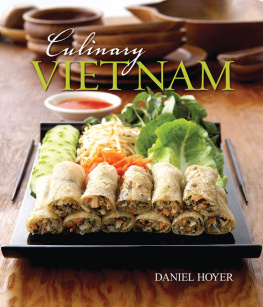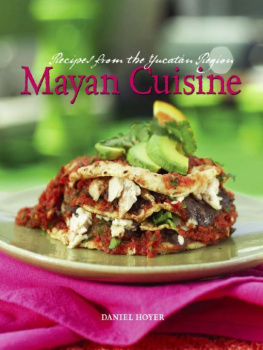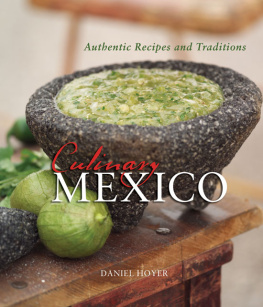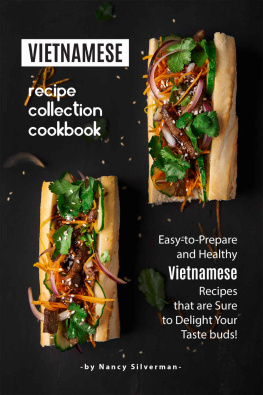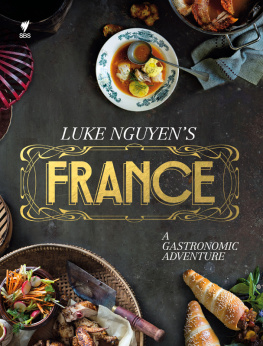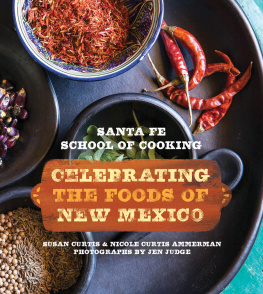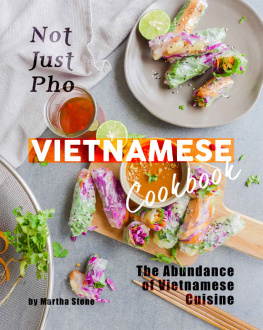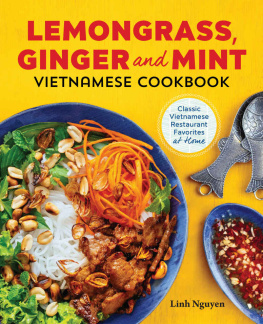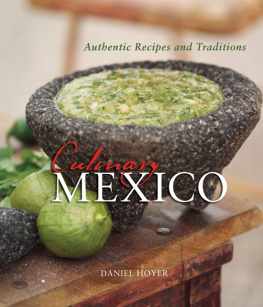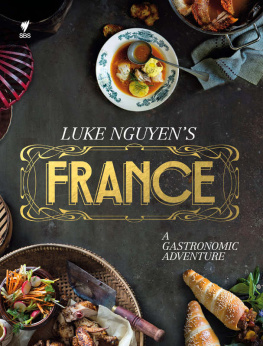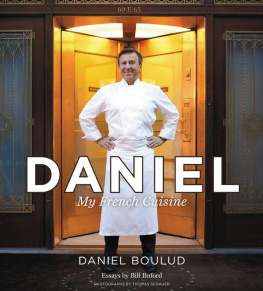I owe much thanks to many for this book. For some of you, I do not even know your names, but I am grateful for your help. Those that have especially helped, guided or inspired me include: Pepe, Marny, Phuong, Hue, Tra My, Huy, Ha, Aidan, Moon (Hang), Tung, Marty, and Khai. Nancy and Tristan, thank you for your willingness to try new things and your patience for my harebrained schemes. Tram, thank you for all of your thoughtful insight into the philosophy and practice of food in your amazing country, I am fortunate to have a niece like you. Finally, Lai, I do not think you know how much help you have been to me. You opened many doors to Vietnam that I would not have found so easily myself and taught me much about the Vietnamese way. I am eternally grateful.
Preface
Along with many of my friends, both American and Vietnamese, you may wonder why I have chosen to write about Vietnamese cooking. The other common question is, How do you, as a foreigner, have the background, experience, and expertise to try to teach others about this cuisine that has been developing for thousands of years?
The first one is easy. Vietnam has been beckoning me for many years, starting during the war years, when I was faced with the prospect of being drafted and had watched friends, classmates, relatives, and neighbors who were affected by the war, either by serving or through the clash of ideology that caused so much divisiveness in our country. I received a personal reprieve and was spared a difficult decision when President Nixon cancelled the draft in July of 1973, but not before the war had stamped an indelible impression on me. I lost friends through battle casualties and because of disagreements over the conflict. Our nation is still reeling from that era, and feelings remain deep and intense. In the late 70s and early 80s, there was an influx of Vietnamese refugees arriving in the United States, and many of them found work in the restaurant industry or opened places of their own. I had the pleasure of working with some of these amazing people during my restaurant career, and the Vietnamese restaurants that began springing up provided my first taste of what has become one of my favorite foods. Interestingly, some of my new Vietnamese friends and coworkers actually taught me how to cook Chinese food, since many hailed from the Saigon area and had worked for Chinese restaurants or were ethnic Chinese themselves. I applied this newfound knowledge a few years later when I opened a critically acclaimed Chinese restaurant in a ski resort in Coloradono mean feat for a boy from Kansas.
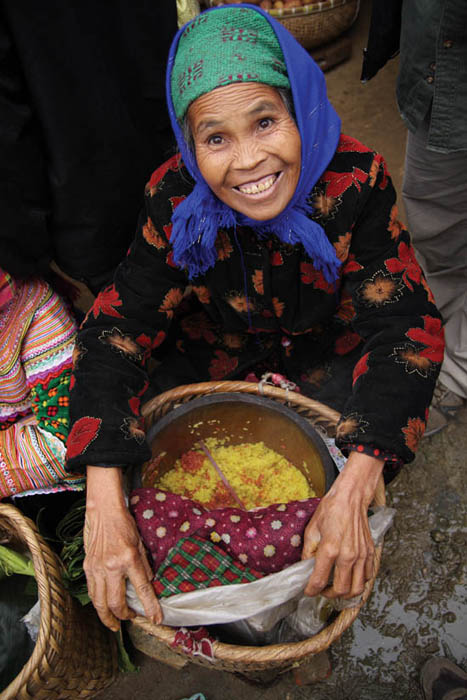
I continued to be aware of Vietnam and the difficult times the people there were facing during the 80s and early 90s, and I noted the positive changes that were taking place in economic development and personal freedoms as the 90s progressed. During that time, I made a very close friend who was of Vietnamese and French descent. His fathers family had evacuated to France after the collapse of the colonial system, and he was born in France. His father had since returned to his home country, first for some humanitarian work and then to live there again. My friend visited his father in Saigon around 1995, shortly after the country was opened again to Westerners, and then returned to live there for some time. He shared many stories with me and rekindled my interest in Vietnamese food and culture. He also insisted that I needed to visit, as he felt that the cooking there was something that I could relate to and that I would find it a fascinating place. We talked a lot about the possibility of starting some culinary tours there, similar to what I was developing in Mexico. For some reason, we were never able to coordinate our schedules or budgets, and we were unable to travel to Vietnam together.
All of thisalong with an emerging Vietnamese restaurant scene, the availability of previously hard-to-find ingredients, and an increasing interest in Asian flavors in America and Europefueled my interest in Vietnamese cooking and the possibility of visiting and writing about the country.
As to my credentials for writing a cookbook about Vietnam, I have nothing but a powerful interest and curiosity, a sympathetic view, and experience in writing about another countrys cuisine from a nonnative perspective, namely Mexico. In Culinary Mexico, I approached the cooking of that country as an informed outsider who had immense respect for the culture and cooking. In it, I attempted to help illuminate the history, cultural background, traditions, and techniques of the cuisine for the non-Mexican reader. I will let the results speak for themselves; however, one reaction to that effort makes me very proud. Many Mexicans have told me that they recognize some of their favorite dishes and appreciate the accuracy and respect that I have given to the cooking of their native country. They also tell me that they have learned some new aspects to Mexican cooking, as I tried to cover the entire scope of the cuisine, and that there was information available about other regions approaches to cooking that they had never understood before. I do not claim to be an expert on all things pertaining to Mexican cooking; I only wanted to give a point of view and to help with preserving some of the traditions and connect them with the contemporary developments in Mexican food. I have the same goals with Culinary Vietnam.
There is no possibility that I can cover all aspects of Vietnamese cooking, which would be a daunting, near-impossible task even for a native-born Vietnamese cook. The cuisine has a history of thousands of years in development and countless influences from other cultures, as well as regional and personal variations too numerous to catalog. I am not attempting to write the definitive collection of Vietnamese recipes; what I hope to do is to open a window into the methods, theories, and background of the cuisine and to give some historical and cultural context to it all while showing the reader just how broad the scope of Vietnamese cooking is. My target readers are Western cooks, but my hope is that Vietnamese cooks will also find it accurate, interesting, and informative. I have used all of the resources that I had available: several visits to the country, where I observed, experienced, and took in as much about the food and culture as I could; cookbooks; magazines; restaurants; markets; advice, instruction, and recipes from Vietnamese friends and acquaintances; the Internet; and countless hours of experimenting and practicing in my own kitchen. The recipes herein are unavoidably colored and informed by my own cultural background, experiences, cooking style, and tastes; however, at all times I have tried to honor the soul of Vietnamese cooking and to give an accurate portrayal of the cuisine of that country. In some cases, I have changed ingredients to suit my tastes, the tastes of Western cooks, and the availability of ingredients in the West. I have tried to remain true to the premise or essence of the dishes though. My goal is to inspire cooks everywhere to cook more Vietnamese dishes and to help them along on a journey of learning and enjoying the wonderful food of this amazing country.

